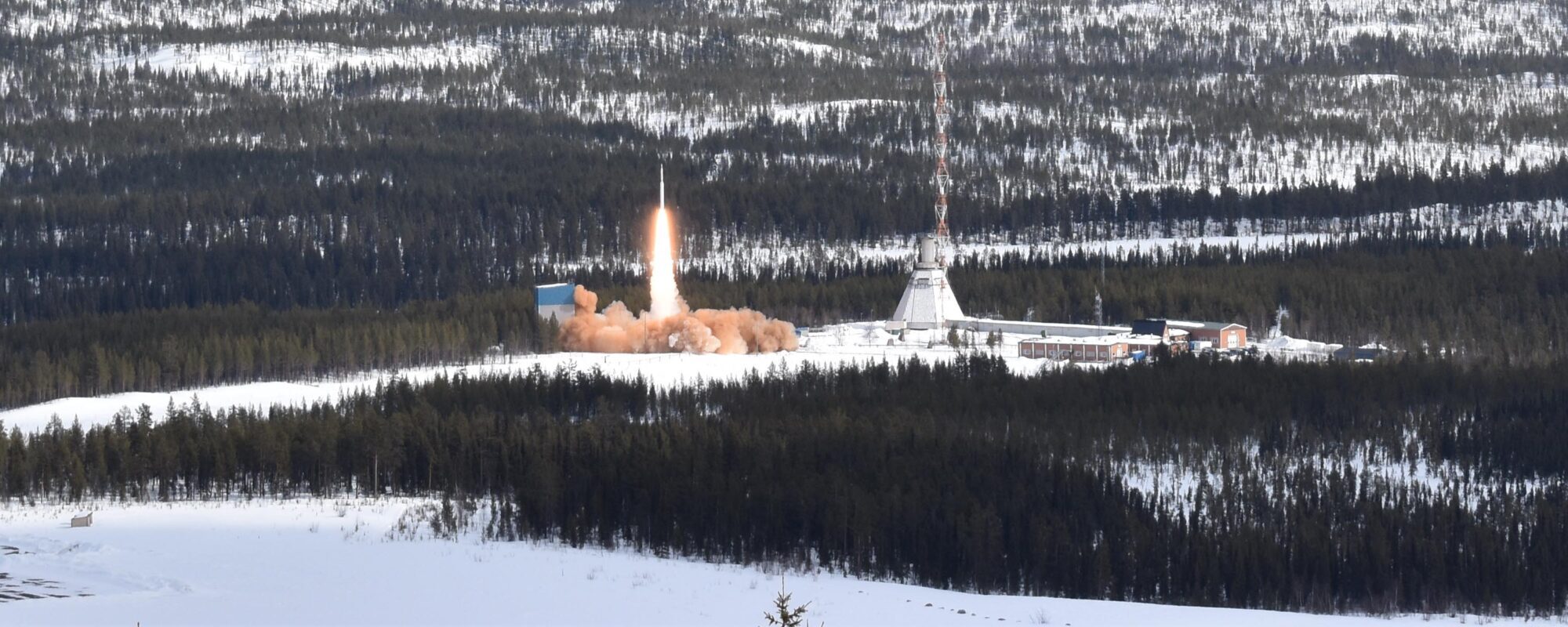#SuperMAX is calling home! We have signal & confirmation of parachute deployment #MAXUS9.
SuperMAX, the test vehicle, is hitching a ride. Unlike the other experiments, the capsule will detach after the Maxus solid-propellant motor burns out. It will travel separately to the highest point of 715 km before falling back under the pull of gravity. It will reach twelve times the speed of sound and see intense aerodynamic heating before air drag decelerates it to Mach 2 at an altitude of 20 km. A 1.25 m-diameter supersonic parachute will then deploy to stabilise it for a soft landing. An onboard computer will record data and images.
The SUpersonic Parachute Experiment Ride on MAXus, or Supermax, has been given a piggyback on Maxus-9, lifting off from Esrange Space Center in Kiruna, Sweden 7 April 2017. Sounding rockets are launched to the edge of space and free fall back to Earth, allowing experiments to run in weightlessness before landing.
SuperMAX aims to demonstrate the use of suborbital rockets as platforms for testing supersonic parachutes. Researchers from the UK’s Vorticity Ltd and Fluid Gravity Engineering Ltd have already run experiments in wind tunnels. Though effective, wind tunnels and some rockets are expensive to employ. Piggybacking on a sounding rocket could be a more cost-efficient approach for testing future supersonic parachutes.


